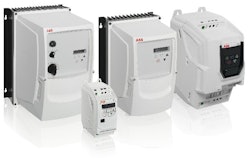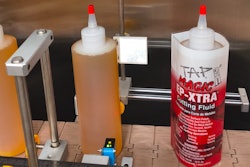Rising complexity, market realities, and regulations such as the Food Safety Modernization Act (FSMA) have given rise to numerous software systems for food quality and safety management. Such systems can manage everything from Hazard Analysis & Critical Control Points (HACCP) plans to compliance with the Global Food Safety Initiative (GFSI) and related standards (SQF, BRC, IFS, FSSC 22000, ISO 22000, etc.), and now, FSMA compliance.
Below are eight guidelines food and beverage manufacturers should consider when selecting a system:
1. Flexibility to suit your business processes: The system you choose must suit your existing business processes, or you’ll have to adapt your processes to the system. It’s a fundamental requirement to be able to match the system’s capabilities and features to your needs.
2. Consider the Internet: Your system should be able to adapt to your level of on-site access requirements as well as intranet or remote extranet access requirements. Just as enterprise software vendors are building tools that move away from the old client/server models to a thin-client interface, food quality and safety software should allow for web-based and/or web-enabled functions. (There’s a difference, and this should be researched.)
3. Reporting and searching: Systems vary in their ability to help users make sense of the enormous amount of data created and stored in such systems. Look for robust features to streamline the time and effort it takes to find, filter, and report data—and perhaps export data and reports to external systems—as needed. Off-the-shelf levels of integration can vary, and systems use various levels of native features and third-party tools to accomplish this.
4. Enterprise scalability: Systems increasingly must serve multiple sites, whether through expansion, consolidation, or the increasing need for electronic communication with customers and suppliers. Compliance systems must therefore be able to scale accordingly. Scalable systems must handle both the load of additional users and additional system administrators.
5. Integration with other systems: Just as companies no longer operate in silos, compliance software must be able to communicate across production, financial, quality, and other areas to allow users to interact, collaborate, and coordinate across the business. This helps close gaps in processes and fosters visibility from one operational area to the next. The level of integration can vary from“lookups” that eliminate double-entry of data, through fuller efforts that share and “push and pull” data between systems, to true integration that will pull quality, non-conformance data, and other data between systems.
6. End-user acceptance: Cross-functional teams often include management-level participants from IT, quality, operations, purchasing, and other areas, but often overlook non-management end users. Once implemented, the success or failure of a system may hinge on whether the system has a friendly “look and feel” and a quick learning curve for these non-management personnel who, after all, are likely to be the highest-volume users.
7. Implementation and deployment time: How long will it take for your company to realize the value of the system you choose? Many and perhaps most software implementations fail, miss implementation schedules, or are over budget. To minimize such problems, include all pertinent stakeholders early in the requirements phase; work closely with your vendor to clarify requirements; and avoid late or last-minute changes/additions of features and functions.
8. Look and feel: The ability to “make the system your own” can be an important consideration, from the look of the user interface (colors, logos, fonts, and layout used for navigation, forms, and reports) to the ease with which such customization can be made without extensive development.
This article adapted and edited based on information from EtQ Inc.
Liked this article? Download the entire Food Safety Playbook here.


























